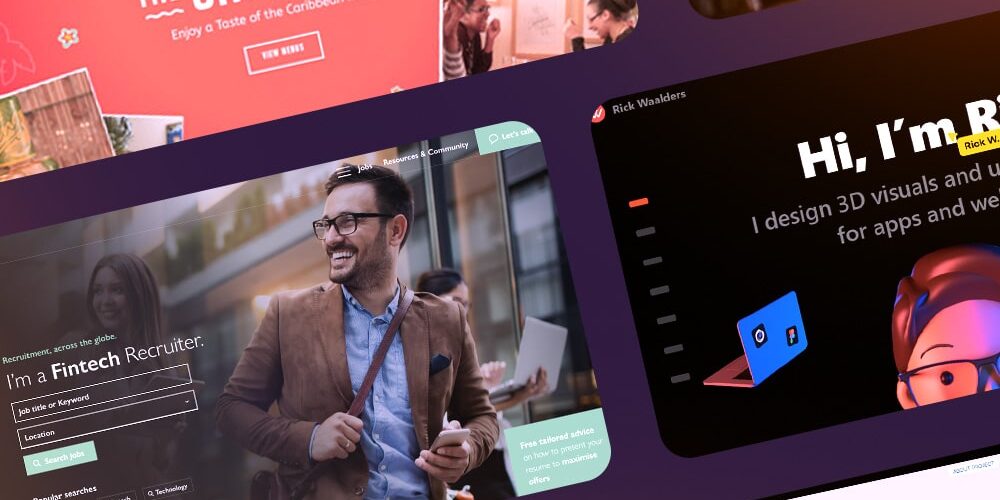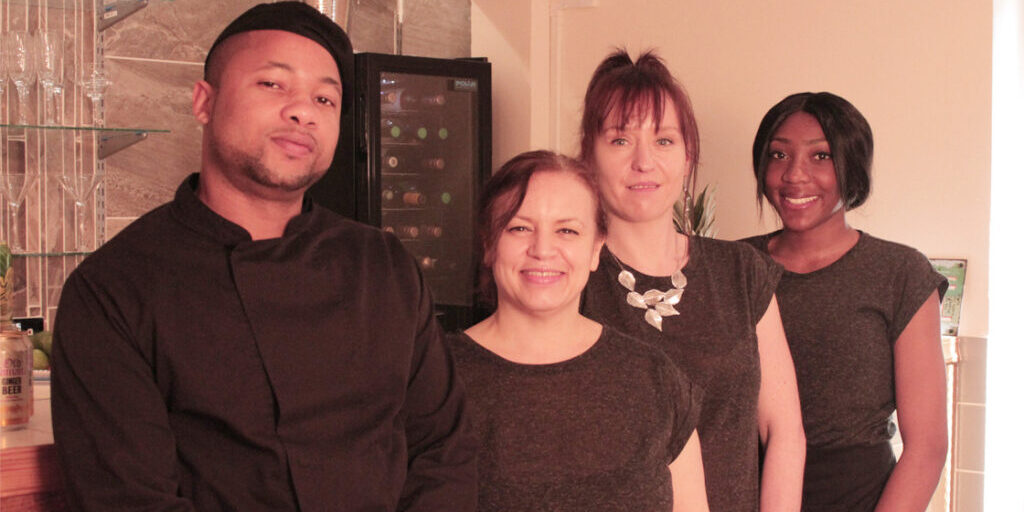People respond far more quickly – and more emotionally – to a strong image than they ever have or ever will to reams and reams of copy.
That’s why print ads now tend towards huge pictures of cars, phones or chocolate bars with only half a dozen words of copy, rather than an essay extolling the virtues of a product. So what value to you is a social network that relies completely on pictures, (almost) does away with copy entirely (time-saving!) and has an estimated user base of 50-70 million people? Pretty darn valuable, surely?
So welcome to Pinterest.
In it to pin it
In short, Pinterest lets anyone post any image or video from anywhere else on the internet (except Facebook and Flickr, they’re not so keen to play ball) onto a series of online pinboards. These boards tend to be themed in whichever way the user sees fit, and clicking on the image takes you back to the site the picture was originally displayed on. Users can share pins and leave comments.
Now if you’ve only glanced at Pinterest for a few seconds, you might think it’s little more than a medium for people who run craft blogs to swap pictures of cardigans and cakes they’ve made. And there’s certainly a lot of that on there (and if you run a craft business and you’re not involved in Pinterest, you really do need to step on the gas). But plenty of companies can stand to gain a great deal from Pinterest – and here’s how.
Pinterest for business
The first thing to do it set yourself up a business profile – slightly different to a personal profile in that it offers more branding opportunities. Get your logo on there and write just a few lines of bio, make it keyword rich, and don’t forget to link to your website or blog.
You’ll then need to install your PinIt button, which sits in your browser’s toolbar. When you see an image you want to share on Pinterest, click it and you’ll be able to place it on any of your pinboards – you can have as many as you like.
Theme it
Now, speaking of your pinboards – it’s sensible to theme your boards, otherwise when people look at them they’ll just see this never-ending mish-mash of random images. So, for instance, if you’re an app developer you could have a board of images of your (hopefully) fantastic reviews on the App Store. If you’re a car salesman, easy: look at all the different types of car we sell.
Before you begin, take a look and see what sort of things your competitors are pinning, it should give you some inspiration as to what to do, and what not to do. Ideally you’re looking to showcase the ‘lifestyle’ and ‘feeling’ around your brand – not simply promote a load of your products.
Here are a few examples of how some Pinterest business users have themed their boards, this should give you some idea of what works effectively.
Pizza Hut has boards featuring stores from around the world; Christmas-themed pizzas; a gallery of their own ads and more. They hardly have any pics of deep-pan ham and pineapples, and nor should they – this is far more effective.
The Whole Foods Market has attracted over 150,000 followers with their bright, beautiful shots of food, recipe suggestions and great gadgets for cooking with. It sounds a bit silly, perhaps, but the sense of freshness that WFM are going for really does come across.
Sony gives its users the opportunity to take pictures – using their technology, of course – and pin them. There are also galleries of retro Sony tech, and they previously ran a campaign in which they gave a dollar to charity every time someone repinned them over the course of two months.
Bits and pieces
Here’s a few other hints and tips to maximise your pinning success:
- When repinning, check the source of the original pin – you want content to come from a legitimate website, rather than somewhere (ahem) dubious.
- When pinning your own content, consider adding watermarks of your logo to images – then when they end up all over Pinterest, people can see your brand at a glance.
- Follow lots of other boards – the more people you follow, the more will follow you, and the more your messages will spread.
- When writing captions for your images, remember to include hyperlinks back to your site or blog where appropriate.
- If you’re captioning one of your products, do include its price tag.
- If someone repins one of your pins, say ‘thank you’ to them – not many people on Pinterest do it, but it can make a big difference to how people view your brand.
- You can pin video too, again, this is something not many people on Pinterest do, so it’ll be all the more effective and eye-catching when you do it.
- Don’t pin all day, every day; pins can stay on people’s news feeds for a few days, so you don’t want them to tire of you. A couple of pins in the morning and a couple in the afternoon is sufficient.
- Use some image-editing tools (such as Snagit or Pixlr) to add effects to your shots and make them much more eye-catching. Similarly, infographics are a great way to present info in an attractive way.
Analyse this
And finally, just like any other element of digital media, tracking and analysis of your pins is all-important.
Here’s a good way of seeing who’s been pinning from your site – simply go to www.pinterest.com/source/yourwebsitehere.com and it’ll display all the images pinned from your website, and who’s pinned them. And remember to check your Google Analytics dashboard to see who’s been visiting your site from Pinterest.
Pinterest is a great traffic driver and you can market written content too by simply using an accompanying image to create a link and pin.
Get more leads, make more sales, grow your brand faster.






